ESG / CSR
Industries
Low-Emission Zone (LEZ): meaning, zones and restrictions
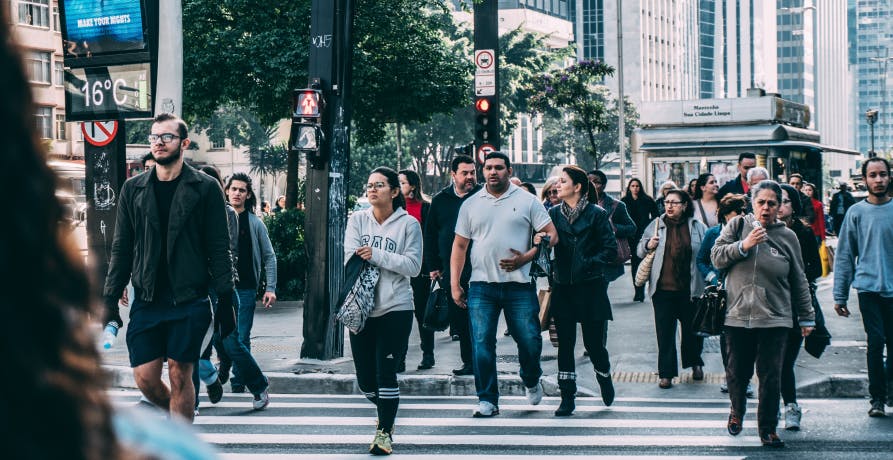


When it comes to urban planning and smart cities, Low-Emissions Zones (LEZs) are an often overlooked solution. While their adoption has been limited to certain regions like the UK, Europe, and China, the impact they can have on the well-being of city residents is significant.
LEZs represent a paradigm shift, not only in enhancing public health but also in shaping a sustainable and greener urban landscape. By strategically restricting access to the most polluting vehicles, LEZs pave the way for reduced traffic emissions and a significant decrease in greenhouse gas output. Public transport, including buses, takes center stage in these zones, fostering an environment where cleaner commuting options become the norm.
As we witness the promising outcomes of LEZs in early adopter cities, there is real hope that this concept will inspire other cities around the world to adopt similar measures, creating healthier, more eco-friendly cities worldwide.
👉 In this article we’ll explore what Low-Emission Zones (LEZs) are, the measures that they introduce, and the benefits that they bring.
Low-Emission Zone (LEZ)
Low-Emission Zone - definition
A Low-Emission Zone (LEZ) is a designated public area where vehicles emitting high levels of harmful pollutants are strictly prohibited from entering. By establishing these zones, we can effectively safeguard public health, improve air quality, and alleviate issues of congestion.
The concept of LEZs can be traced back to Sweden, where in 1996 the first-ever ‘environmental zone’ was established. Since then, numerous European cities - including the well-known London Low Emission Zone - have embraced this strategy, all with the common goal of enhancing air quality.
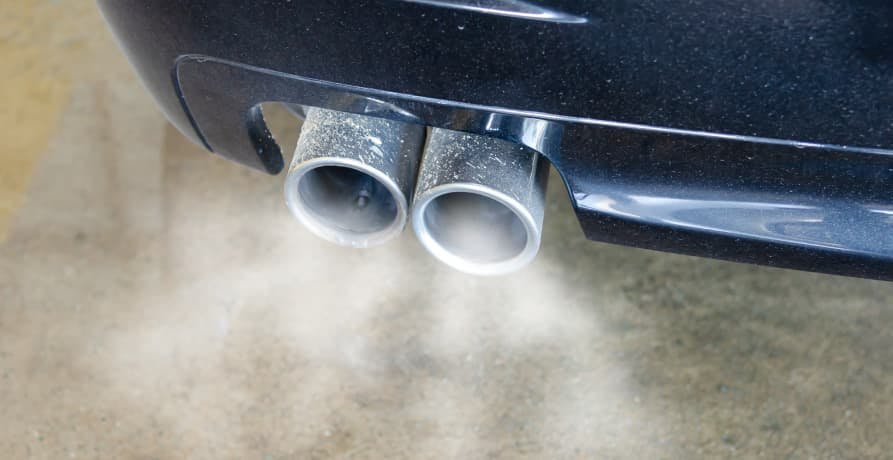
How do Low-Emission Zones operate?
The establishment of a Low-Emission Zone (LEZ) involves a tailored approach, taking into account specific factors to ensure its effectiveness. Considerations include the determination of areas and streets to be encompassed within the restricted zone, defining the designated days and times when the zone will be active, specifying permissible vehicle types allowed to enter, and formulating a forward-looking plan for gradually expanding restrictions over time.
By tailoring these criteria to suit the needs of each location, LEZs can be optimized to achieve the greatest positive impact on public health and air quality, setting the stage for a cleaner and more sustainable urban environment.
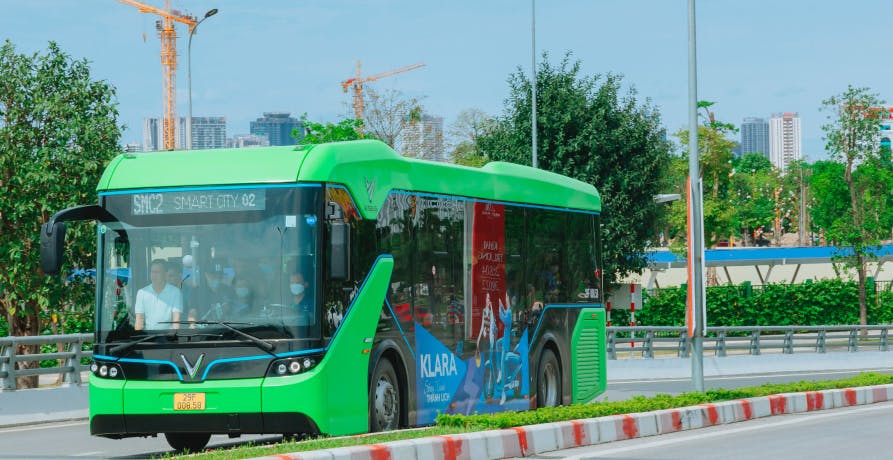
How are LEZs enforced?
LEZ enforcement mechanisms vary, but they usually revolve around restricting access to high-emission vehicles. In most areas, vehicles failing to meet certain emissions standards are prohibited from entering the LEZ, and if they do, they face fines. For example, in Europe, LEZs typically restrict vehicles rated Euro 3 and older, with different standards for diesel vehicles due to the higher air pollutant levels they produce.
👉 Some older vehicles can be upgraded with retrofits, such as diesel particulate filters (DPFs), enabling them to comply with LEZ standards and drive within the zones.
In certain cities like London, LEZs incorporate an entry fee system. Vehicles failing to meet specific low-emissions standards are subject to penalty charges, while compliant vehicles are exempt and can enter for free.
Official LEZs are legally designated areas, where city officials strictly enforce penalties for violations. However, some areas, known as "car-free zones," are voluntarily established by community members and are not recognised or monitored by local authorities.
LEZs often follow a phased-in approach, gradually expanding the restricted regions and excluding more petrol or diesel-powered vehicles over time. Typically, the projects start with restrictions on freight vehicles and are then expanded to include passenger vehicles.
As there are still relatively few LEZs, many current LEZs serve as testing grounds for cities to assess improvements in air quality and public health. The data gathered from these projects could be instrumental in encouraging broader adoption of LEZs around the world, paving the way for cleaner and healthier cities in the future.

How do LEZs tackle pollution?
Cities strategically designate streets or regions as Low-Emission Zones (LEZs) to maximize their positive impact on community health. These zones stand as the most effective measure a city can undertake to enhance air quality and are designed to reduce the public health burden of high emissions.
👉 The European Union's Air Quality Standards set maximum tolerated concentrations of critical air pollutants. The three main air pollutants of concern when it comes to petrol and diesel vehicles are fine particulate matter (encompassing PM10 and PM2.5, with diameters of less than 10 and 5 micrometers respectively), nitrogen dioxide, and ozone.
Combustion engine vehicles produce harmful exhaust and emissions, especially in the case of older vehicles. Diesel gas fumes are particularly carcinogenic, and high particulate matter levels have been linked to lower life expectancies.
By establishing LEZs, cities tackle the primary source of these hazardous air pollutants within a designated area, leading to an overall improvement in air quality throughout the entire city center. These zones play a pivotal role in revitalizing city air quality and fostering healthier and more vibrant communities.
What is an Ultra Low-Emission Zone (ULEZ)?
In 2018, London introduced an Ultra Low-Emission Zone (ULEZ), covering five streets within its North and South Circular Roads in the Boroughs of Hackney and Islington. London’s ULEZ introduced even tighter restrictions than its Low-Emission Zone (LEZ) which came into effect in February 2008.
👉 London’s ULEZ was expanded in 2021 to include the North Circular and South Circular roads, and will be further increased in scope in August 2023 to coincide with London’s existing LEZ, which means that it will essentially cover almost all of Greater London.
London’s ULEZ operates every day, 24 hours a day, with the singular exception of December 25th (Christmas Day). The restrictions mean that only vehicles meeting the ULEZ emissions standards are permitted to drive within the ULEZ without incurring fines. For those vehicles that don't meet the Low Emission Vehicle (LEV) criteria (including resident vehicles), a charge of up to £12.50 must be paid in order to drive within the zone.
The restrictions are as follows:
- Cars - diesel cars must meet Euro 6 emission standards, and petrol cars must meet Euro 4 emission standards.
- Vans - diesel vans must meet Euro 6 emissions standards, and petrol vans must meet Euro 4 emissions standards. It should also be noted that vans and lorries over 3.5 tonnes don’t need to pay the ULEZ charge.
- Motorcycles and scooters - all vehicles must meet Euro 3 emissions standards.
The ULEZ's enforcement is carried out through an automatic number plate recognition system at entry points. Any drivers violating the zoning restrictions face a penalty of £180, which can be reduced to £90 if paid within 14 days.
London's ULEZ is helping to create a greener and more sustainable urban environment. Research shows that the initiative has helped to reduce nitrogen oxide levels within central London by as much as 44%.
Why are Low-Emission Zones becoming more popular?
The popularity of Low-Emission Zones (LEZs) is gaining momentum, driven by a wealth of emerging research that underscores the grave health and climate risks posed by exhaust fumes from vehicles equipped with internal combustion engines.
As scientific knowledge expands, it becomes increasingly evident that the emissions released by fossil-fuel-burning vehicles have severe implications for both human well-being and the planet's climate. The harmful pollutants, such as nitrogen oxides (NOx) and particulate matter (PM), released from the exhausts of internal combustion engines contribute to air pollution, posing substantial threats to public health. Studies reveal a direct link between exposure to these pollutants and a wide range of health issues, including respiratory diseases, cardiovascular problems, and even premature death.
Furthermore, exhaust emissions containing greenhouse gasses, such as carbon dioxide (CO2), are a significant driver of climate change, leading to global warming and its subsequent impacts, such as extreme weather events, rising sea levels, and disruptions to our ecosystems.
This is why LEZs are being embraced as a necessary measure to mitigate the detrimental effects of vehicle emissions. By imposing restrictions on high-emission vehicles within designated areas, LEZs not only enhance air quality and protect public health but also play a pivotal role in curbing carbon emissions and promoting a more sustainable future for our planet.
👉 To learn more about the impacts of vehicle emissions, why not check out our article.
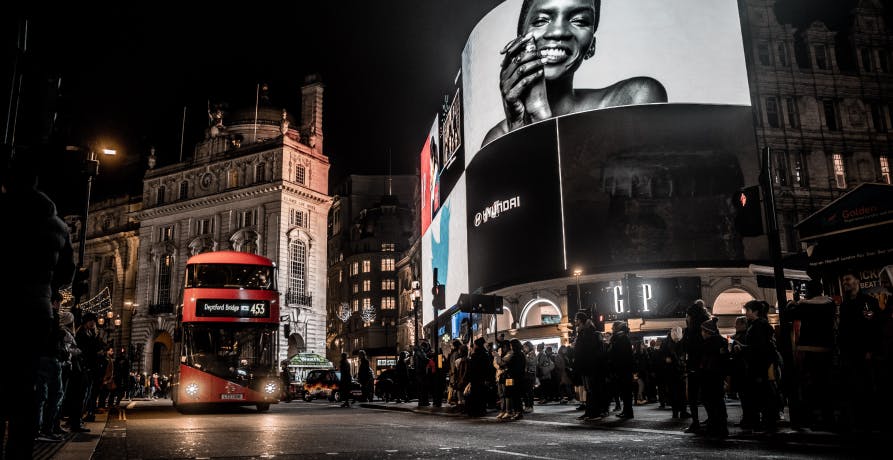
Air pollution is a real danger for health
Startling statistics from the World Health Organization (WHO) reveal that a staggering nine out of ten people live and work in areas where air pollution levels exceed the safe limits set by the WHO. The consequences of exposure to such high levels of pollution are extensive and can lead to chronic illnesses such as asthma, type 2 diabetes, obesity, dementia, cancer, lung diseases, and even premature death.
Globally, ambient air pollution results in approximately 4.2 million premature deaths, with a significant 91% of these fatalities occurring in low- and middle-income countries. Nevertheless, air pollution's impact isn't limited to lower-income regions; higher-income areas also face significant risks.
Europe, for example, witnesses around 238,000 premature deaths annually due to air pollution, exceeding the toll from road accidents. This crisis in public health has a significant impact on the average life expectancy across the continent and is also estimated to result in annual public health costs of between €427 to €790 billion each year.
Particulate Matter 2.5 (PM2.5) garners particular attention due to its harmful effects on health. This pollutant is classified as a leading cause of cancer by the International Agency for Research on Cancer, and continuous exposure has detrimental effects on every organ, exacerbating existing health risks.
Vulnerable populations, such as children, the elderly, and individuals with pre-existing health conditions, bear a heavier burden of the health impacts of air pollution. Low-income city residents are more likely to live near heavily polluted streets and urban regions compared to their higher-income counterparts. Notably, regions with lower GDP per capita in Europe, particularly Eastern and South-Eastern Europe, exhibit higher levels of PM2.5.
In an attempt to address this crisis, Europe has set ambitious targets through its Zero Pollution Action Plan under the European Green Deal. Aiming to reduce premature PM2.5-related deaths by 55% compared to 2005 by the year 2030, Europe's efforts hold promise for expanding the number of Low-Emission Zones (LEZs) across the continent.
GHG emissions contribute to global warming
Besides improving public health, creating Low-Emission Zones (LEZs) brings about another benefit - the reduction of greenhouse gas (GHG) emissions from transportation, something that will help us transition towards a low-emissions economy.
Transportation stands as the fastest-growing source of GHG emissions globally, accounting for 21% of total emissions. However, in higher-income regions like the EU and US, this figure is even higher. 👉In the EU, transportation accounts for around 25% of GHGs, while in the US, it rises to 29%.
The urgency to address this issue is underscored by warnings from scientists and climate experts, who caution that if we continue on our current trajectory we’ll exceed the critical 1.5°C global temperature rise threshold as early as the 2030s.
Yet, there is hope on the horizon. Electric Vehicle (EV) sales in the UK and EU are outpacing expectations, projected to overtake traditional combustion engine vehicle sales by 2025. This positive shift signifies a promising step towards curbing transportation-related GHG emissions and accelerating the transition towards a greener and more sustainable future.
With LEZs and the growing popularity of EVs, there is a genuine opportunity to make significant strides in both combating greenhouse gas emissions and safeguarding public health, paving the way for cleaner and healthier cities.
👉 To find out more about how the UK is progressively eliminating petrol and diesel cars, why not read our article on the topic.
👉 Or why not expand your knowledge by reading our article on how car suppliers can support the decarbonization of the transport sector.
One step further - Zero-Emission Zones
Building upon the success of LEZs, an increasing number of cities are raising their emissions standards to create zones that restrict all vehicle exhaust emissions.
What is a Zero-Emission Zone?
To advance the cause of sustainable urban mobility with zero emissions, a higher zoning standard called the Zero-Emission Zone (ZEZ) has been established.
While some vehicles that emit exhaust fumes are still permitted in Low-Emission Zones (LEZs), ZEZs take an even stricter approach. These zones exclusively grant unrestricted access to pedestrians, cyclists, and drivers of vehicles without tailpipe exhaust (such as battery or fuel-cell-powered vehicles).
Similar to LEZs, vehicles failing to meet the ZEZ standard face fines or entry fees when entering these areas. The primary objective of ZEZs is to encourage the use of vehicles that have no harmful effects on health or the climate.
Specific areas have also been created that are dedicated to eliminating freight vehicles with air pollution and greenhouse gas impacts, known as ZEZ-F zones. For example, Rotterdam has successfully implemented a permanent ZEZ-F, and initial studies suggest that pollution within the affected area has been reduced by as much as 90%.
👉 By establishing Zero-Emission Zones, cities take a critical step towards achieving cleaner and greener urban environments, fostering sustainable transportation practices that limit adverse health effects and minimize their carbon footprint.
Are Zero-Emission Zones the new trend in Europe?
Europe and the UK are leading the way with plans for ZEZs or near-ZEZs in several prominent cities, including Amsterdam, Berlin, Copenhagen, London, Oslo, Oxford, and Paris. Many of these cities initially embraced the concept of Low-Emission Zones (LEZs) but are now gearing up to elevate their environmental efforts by transitioning to the higher standard of ZEZs in the next phase of implementation.
Most of these cities have already established LEZs in their city centers. However, their vision extends beyond the confines of the initial zones, with plans to progressively expand the boundaries outward. In this envisioned expansion, the inner zone will eventually evolve into a fully-fledged Zero-Emission Zone, leaving no room for tailpipe exhaust and embracing only emission-free vehicles.
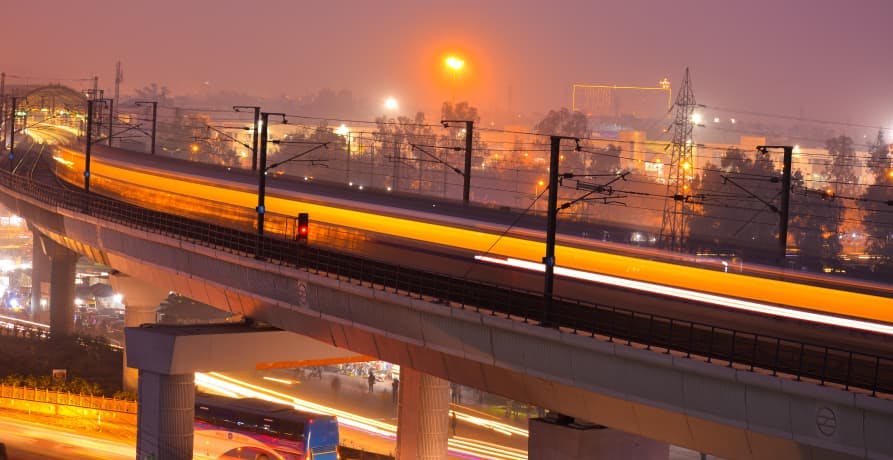
A note on the legal basis of ZEZs
The first crucial step towards establishing a ZEZ involves providing the necessary legal basis, empowering local authorities with the power to regulate traffic based on vehicle type.
Several legal frameworks have been instrumental in enabling this transition across different countries. For example, the UK's Transport Act (2000), France's Energy Transition for Green Growth Law (2015), and China's Road Traffic Safety Law - Article 39 (2005) to name just a few.
However, even in the absence of a specific legal framework, supporting measures can play a significant role in fostering the adoption of electric vehicles (EVs) and other zero-emission modes of urban transport.
City authorities can lead by example, transitioning their own fleets to zero-emissions vehicles. They can also enhance infrastructure by building more bike lanes and pathways, accommodating low-emission vehicles. Additionally, efficient delivery planning can reduce the need for long trips, further promoting sustainability and cleaner mobility solutions.
How can your company strive for net zero too?
Incorporating a policy of zero-emissions vehicles into your company's operations can be an effective step towards achieving a net zero emissions, and contributes significantly to your sustainability goals.
👉 Greenly offers valuable support to companies through carbon emissions assessments, helping them to transition towards net-zero operations. This comprehensive assessment helps businesses to pinpoint the most cost-effective and impactful strategies to curtail their own greenhouse gas (GHG) emissions.
Consider the wide-ranging benefits this transformation will bring, not only to your company but also to your broader community. Embracing sustainability fosters improvements in public health and ensures resilience in the face of climate change. Such initiatives don't go unnoticed; they position companies to access new investment opportunities, attract top talent, and retain a motivated workforce.
What about Greenly?
At Greenly we can help you to assess your company’s carbon footprint, and then give you the tools you need to cut down on emissions. Why not request a free demo with one of our experts - no obligation or commitment required.
If reading this article has inspired you to consider your company’s own carbon footprint, Greenly can help. Learn more about Greenly’s carbon management platform here.



